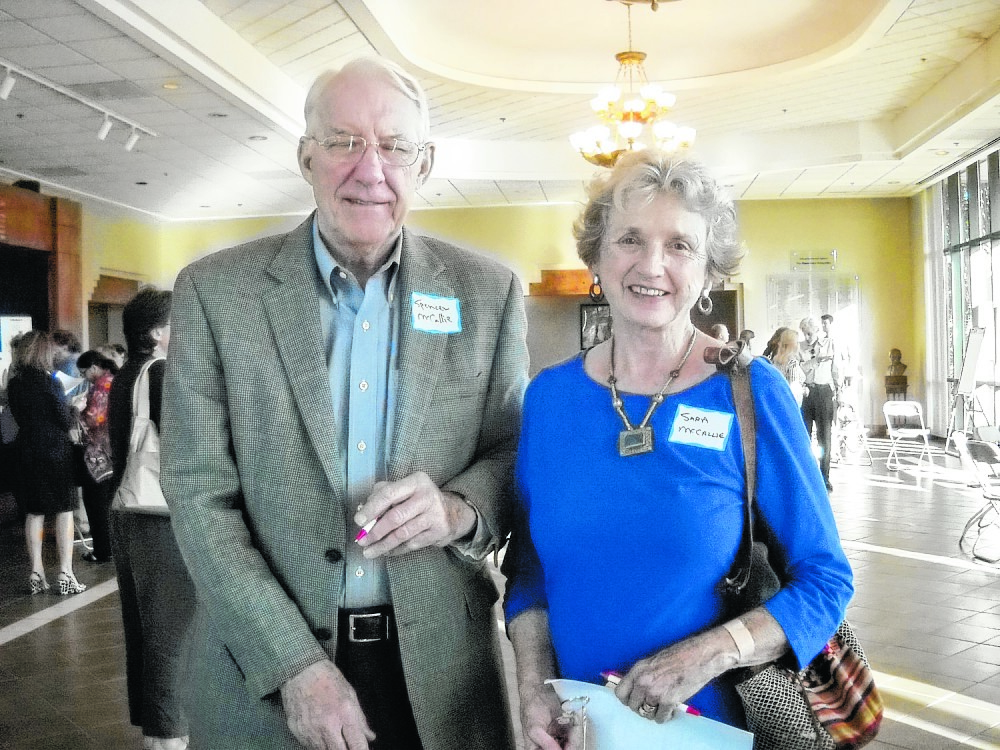While downtown Chattanooga enjoys a reputation for artfully blending cityscapes with creative compositions, some residents are worried there isn't enough steam behind local art learning opportunities.
Life-long arts learning initiatives and improved arts education programs were recurring themes at last week's Imagine Chattanooga 2020 sessions, conducted at North Shore, downtown and South Chattanooga venues. Comments from the sessions are being used to compile a plan that will provide specific strategies for the community to use arts and creativity to address issues raised by the recent Chattanooga STAND survey, like education, job creation, neighborhood revitalization, crime and environmental sustainability.
"If you don't have art in the schools, you don't have future patrons," said Calvin Donaldson volunteer art teacher Gayle Ligon. "Our 20th century skills need to be innovation and creativity."
According to Ligon, only 11 of the 44 public elementary schools in Hamilton County have programs that incorporate arts education into daily curriculum. The majority of those programs are funded exclusively by parent teacher organizations, which make art accessible only at schools in higher-income areas, she said.
Dan Stetson, director of the Hunter Museum of American Art, also advocated more arts education among public schools.
"Schools should be STEAM, not just STEM," he said in regards to the science, technology, engineering and mathematics public school model that he feels should include art.
According to Dan Bowers, Allied Arts of Chattanooga president, these questions and concerns are slated to be addressed by the Imagine Chattanooga 2020 steering committee and WolfBrown Associates as they devise the action plan for the city by January 2012. The initiative is being led by publisher emeritus of the Chattanooga Times Ruth Holmberg and Unum Vice President Tom White.
"It's kind of like JFK," said Bowers. "We aren't really asking what you can do for the arts, we're asking what the arts can do for the community."
Increasing Chattanooga's public art initiatives to include performing arts and addressing transportation limitations as a barrier to art participation were additional repeated concerns at the metro Chattanooga meetings.
"After hearing all these comments, I'm struck by the way that art can be a leveling subject," said Chattanooga resident Shanda Caines. "The community can bring in so many different barriers but art can take them away and create a level playing field when people have access to it."
Now that the community sessions have been completed, WolfBrown and the steering committee will move into the final stages of devising and approving the cultural plan that will direct the city into the next decade and ideally make Chattanooga a cultural hub in the Southeast, according to Allied Arts of Chattanooga Director of Communications Rodney Van Valkenburg.
To read comments from the Imagine Chattanooga 2020 community sessions, participate in the online forum or find out more information about the project, visit www.imaginechattanooga2020.org.
